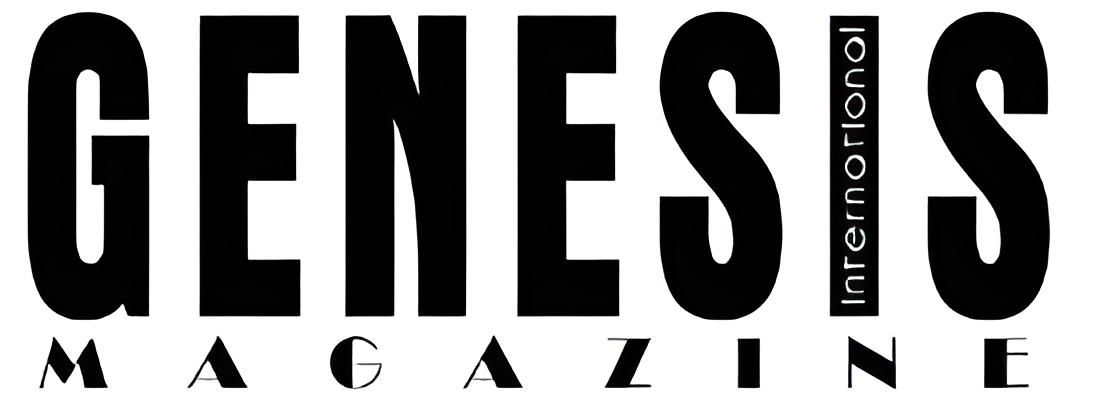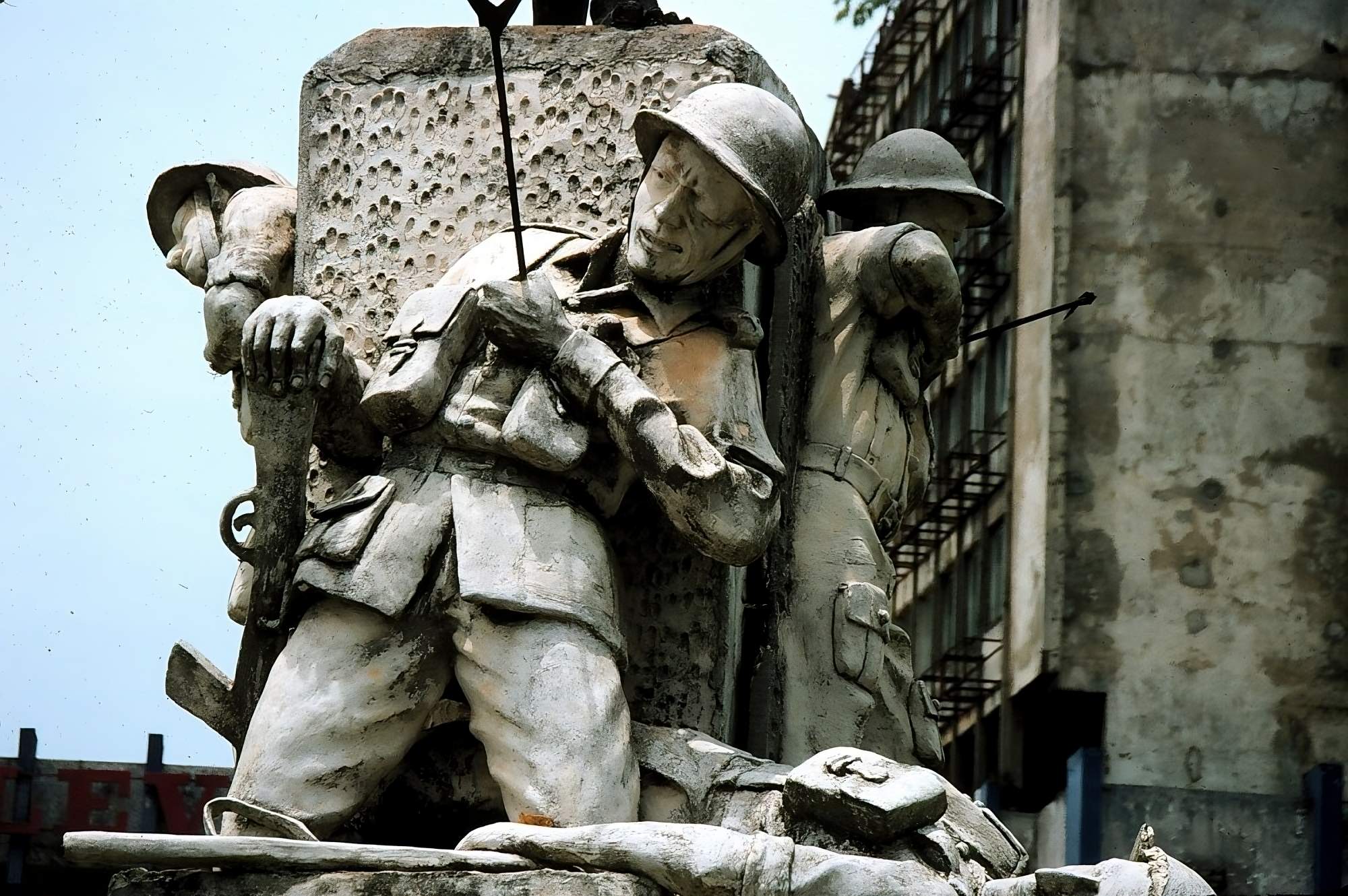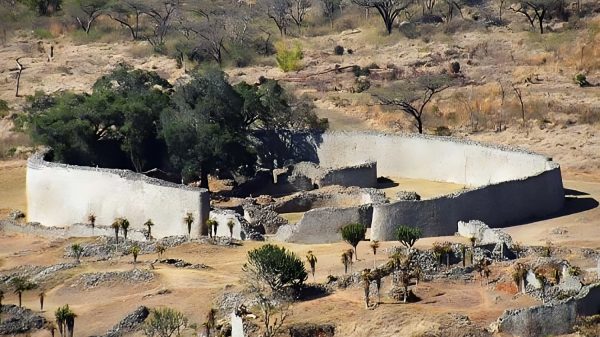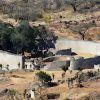Roots: For the Love of Benin Bronze
When I see a Benin bronze, I immediately think of the mastery of technology and art – the welding of the two. I think immediately of a cohesive ancient civilisation. It increases a sense of self-esteem because it makes you understand that African society actually produced some great civilizations and established some great cultures.
By Amina Abdullahi
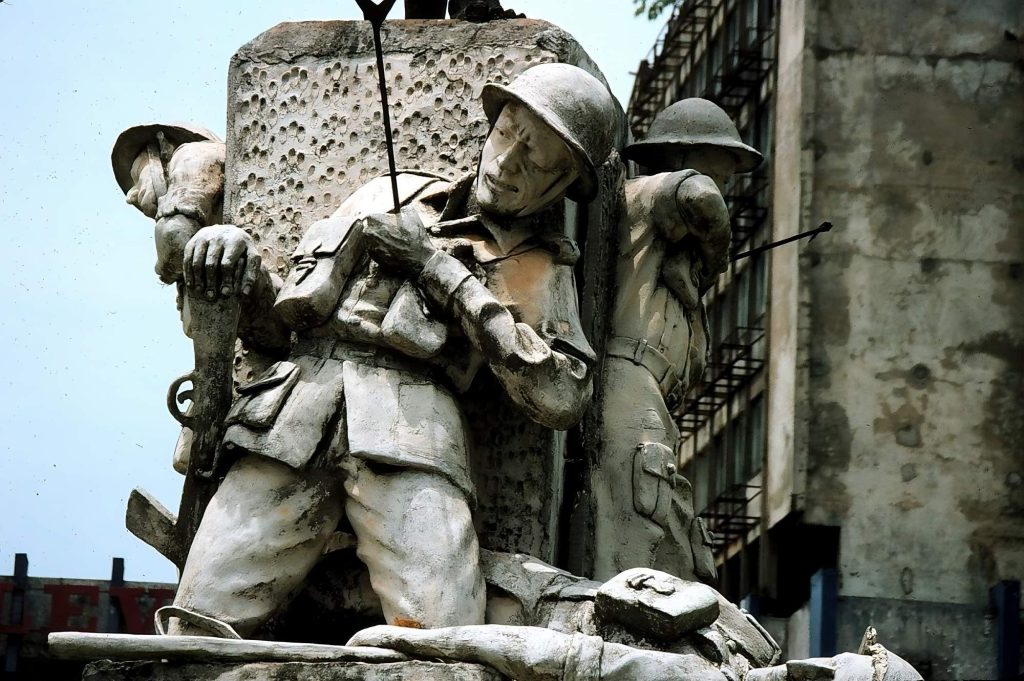
The powerful ancient Benin kingdom was founded by the son of an Ife king in the early 14th century AD. It was situated in the forest area of southern Nigeria, 106 miles southeast of Ife. The art of bronze casting was introduced around the year 1280. The kingdom reached its maximum size and artistic splendor in the 15th and 16th century. For a long time the Benin bronze sculptures were the only historical evidence dating back several centuries into the West African past, and both the level of technical accomplishment attained in bronze casting, as well as the monumental vigor of the figures represented, were the object of great admiration.
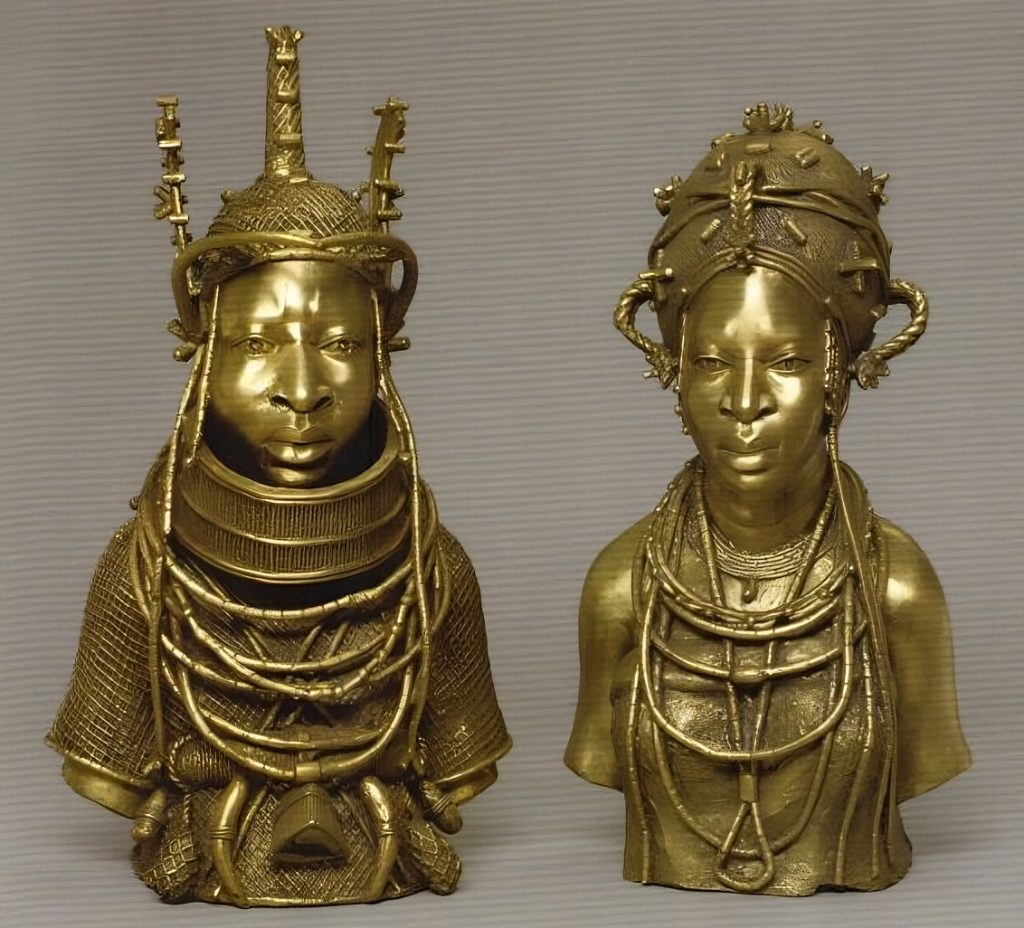
The majority of everyday Benin objects were made for and associated with court ceremonies. The figures of a leopard were the sole property of the oba – the leopard was the royal animal. Pectorals, hip and waist ornaments in the shape of human or animal heads were worn either by the oba or by major dignitaries. Brass staffs and clippers surmounted by birds appeared during commemorating ceremonies. The Benin bronze, like other artefacts, is still very much a part of the politics of contemporary Africa and, of course, Nigeria in particular.
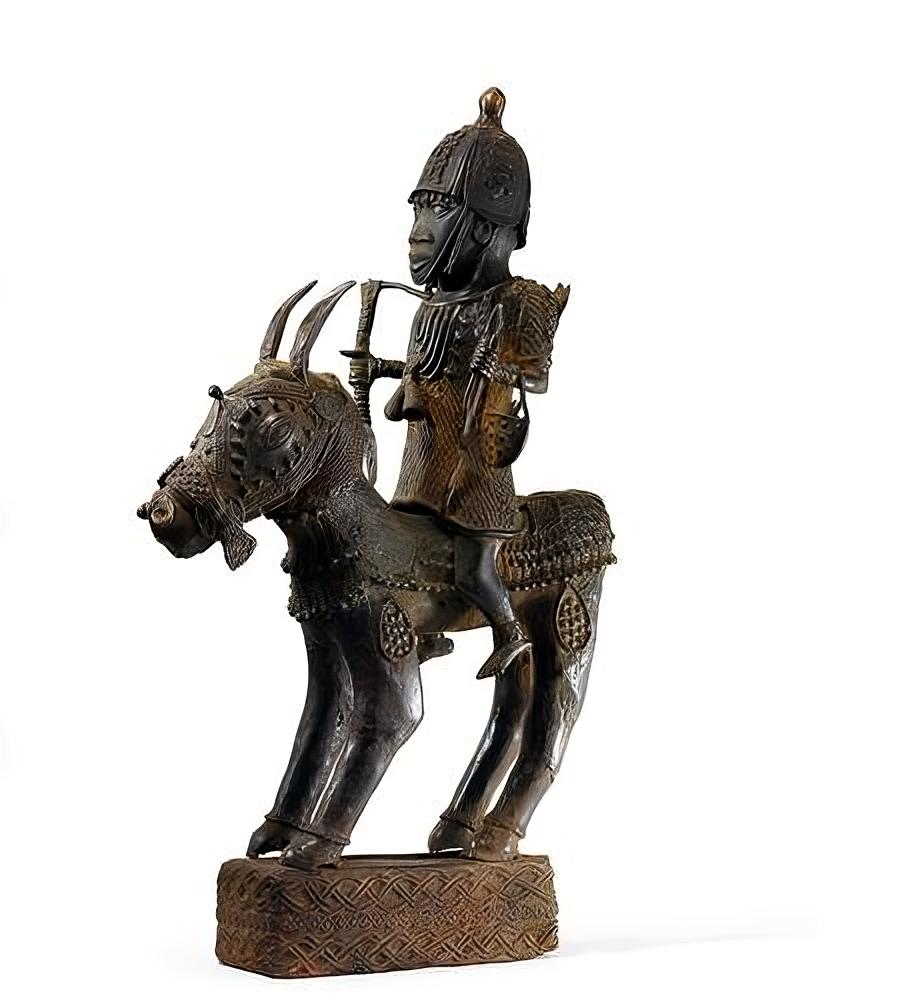
For More Juicy Stories, Get your copy of GENESIS INTERNATIONAL MAGAZINE, (Issue 9). Available with the vendors, and online on jumia.com.ng, konga.com. Available also internationally in the USA in all Barnes & Nobles Stores, Chapters booksellers in Canada and isubscribe.com in UK.
